Description
The Unsung Hero in Your Toolkit: Unveiling the Power of Magnesium Ribbon
Magnesium ribbon: it might seem like a humble strip of metal, but this simple material holds a surprising amount of power and versatility. Often overlooked outside of scientific settings, magnesium ribbon is a fascinating element with a range of applications, from simple science experiments to survivalist fire-starting techniques.
What is Magnesium Ribbon?
Magnesium ribbon is, as the name suggests, a thin, narrow strip of the element magnesium. It’s characterized by its silvery-white color, lightweight nature, and ability to readily ignite, producing a bright white light and intense heat. This high reactivity stems from magnesium’s position in the periodic table – it’s an alkaline earth metal, eager to lose its two outer electrons and form stable compounds.
A Staple in Science Classrooms:
For generations, magnesium ribbon has been a cornerstone of chemistry education. Students use it to demonstrate the concepts of:
- Combustion: The burning of magnesium ribbon is a classic example of combustion. When ignited, magnesium reacts with oxygen in the air, creating magnesium oxide and releasing energy in the form of heat and light. This reaction is highly exothermic, creating a dazzling display.
- Oxidation-Reduction (Redox) Reactions: The reaction is a prime illustration of redox reactions, where magnesium is oxidized (loses electrons) and oxygen is reduced (gains electrons).
- Limiting Reactants: By varying the amount of magnesium or the access to oxygen, educators can illustrate the concept of limiting reactants and how they affect the outcome of a chemical reaction.
Beyond these fundamental concepts, magnesium ribbon can be used in more advanced experiments, exploring topics like electrochemistry and heat of formation.
Beyond the Lab: Practical Applications and Survival Skills:
The remarkable flammability of magnesium extends its usefulness beyond the classroom.
- Fire Starting: In survival situations, magnesium ribbon can be a lifesaver. Even when damp or wet, a small amount of shaved magnesium ribbon will ignite easily with a spark from a ferro rod or other source. The intense heat generated can then be used to ignite tinder and build a fire.
- Photography (Historically): In the early days of flash photography, magnesium powder (similar to the end product of burning the ribbon) was used as a source of bright, instant light. While largely replaced by electronic flashes, it represents an interesting historical application.
- Chemical Reactions: Magnesium ribbon can be employed in various chemical reactions, serving as a reducing agent or a component in the synthesis of certain compounds.
Safety Considerations:
While magnesium ribbon is generally safe to handle, its high flammability requires caution:
- Eye Protection: Always wear eye protection when burning magnesium ribbon, as the intense light can be damaging.
- Ventilation: Burning magnesium produces magnesium oxide fumes, so ensure adequate ventilation.
- Controlled Environment: Perform experiments in a controlled environment, away from flammable materials.
- Storage: Store magnesium ribbon in a cool, dry place, away from sources of ignition.
In Conclusion:
Magnesium ribbon is more than just a piece of metal. It’s a versatile tool with applications ranging from introductory chemistry to survival skills. Its remarkable flammability, coupled with its accessibility and ease of use, makes it a valuable resource for education, experimentation, and preparedness. So, the next time you see a roll of magnesium ribbon, remember that it holds the potential for fascinating scientific discoveries and life-saving applications.


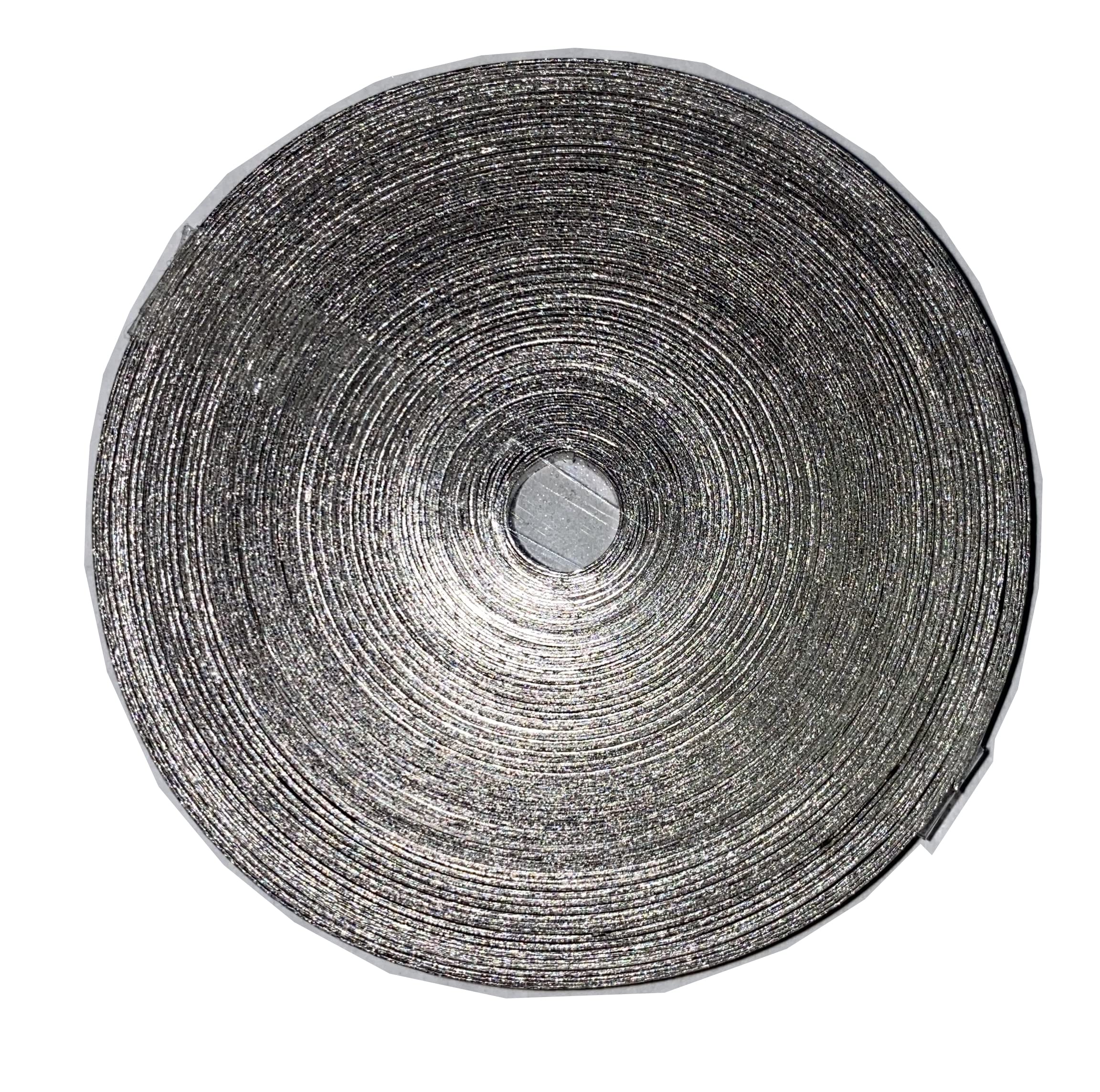


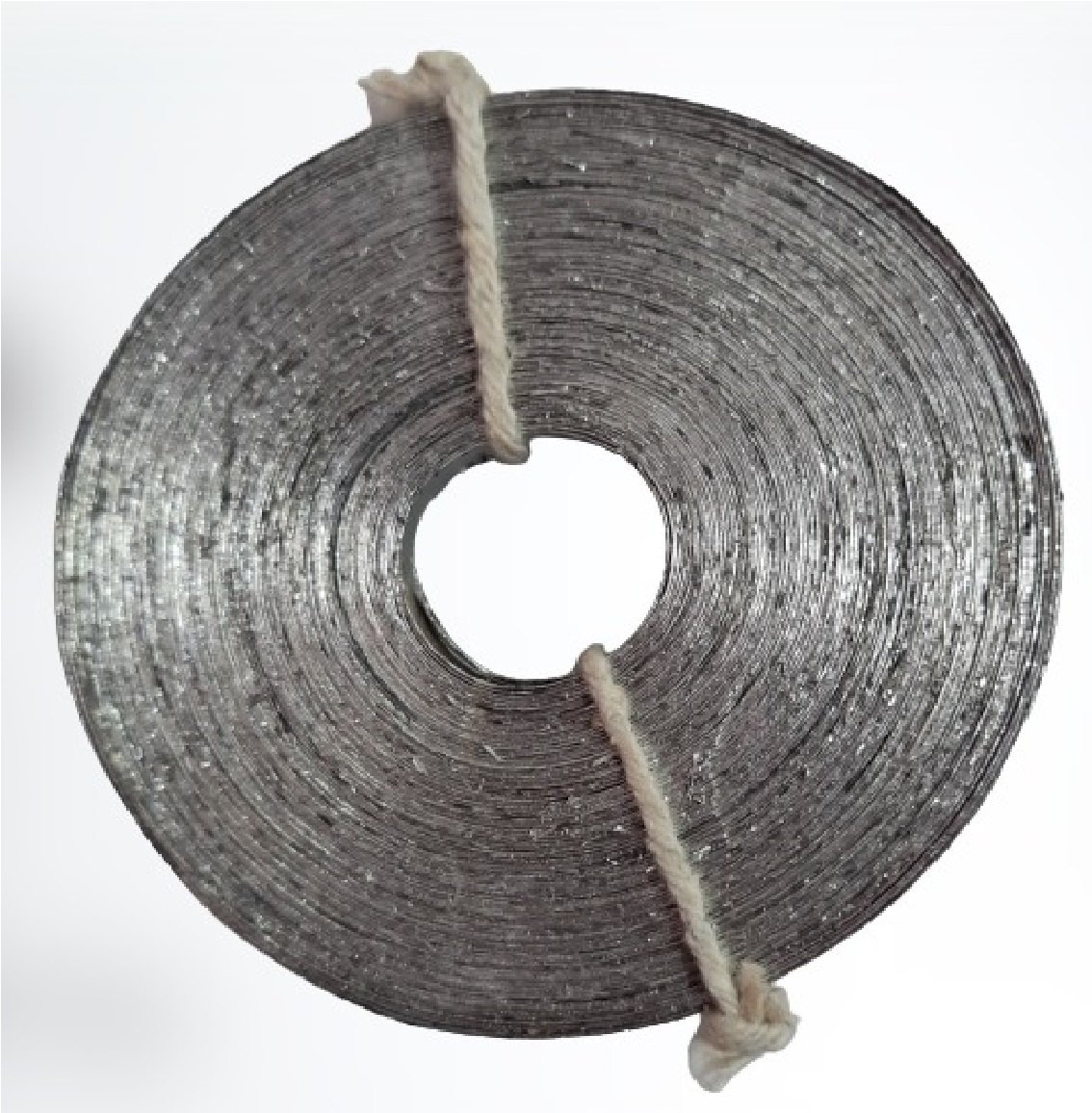

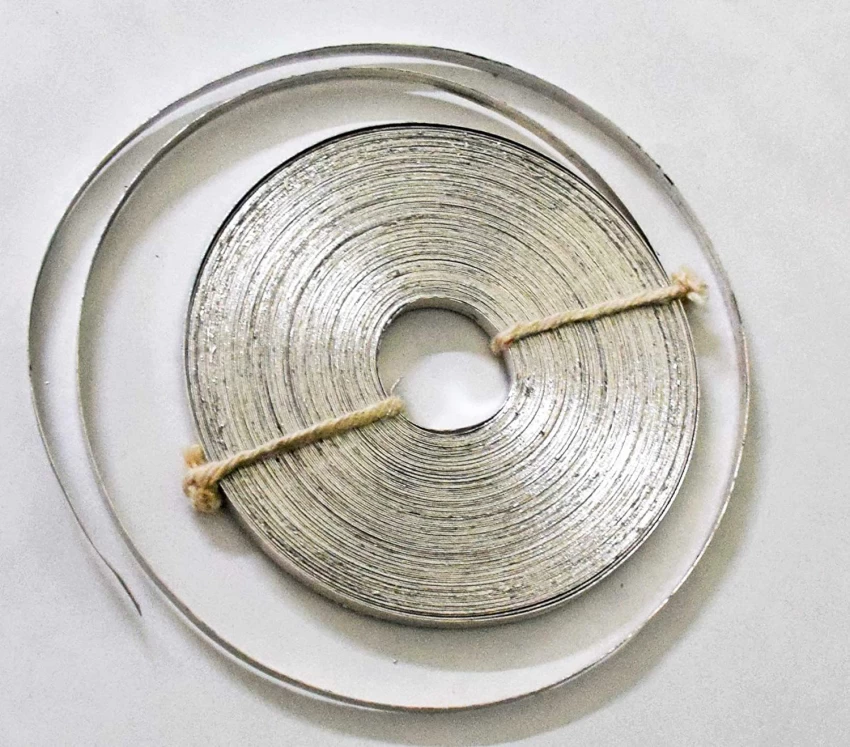
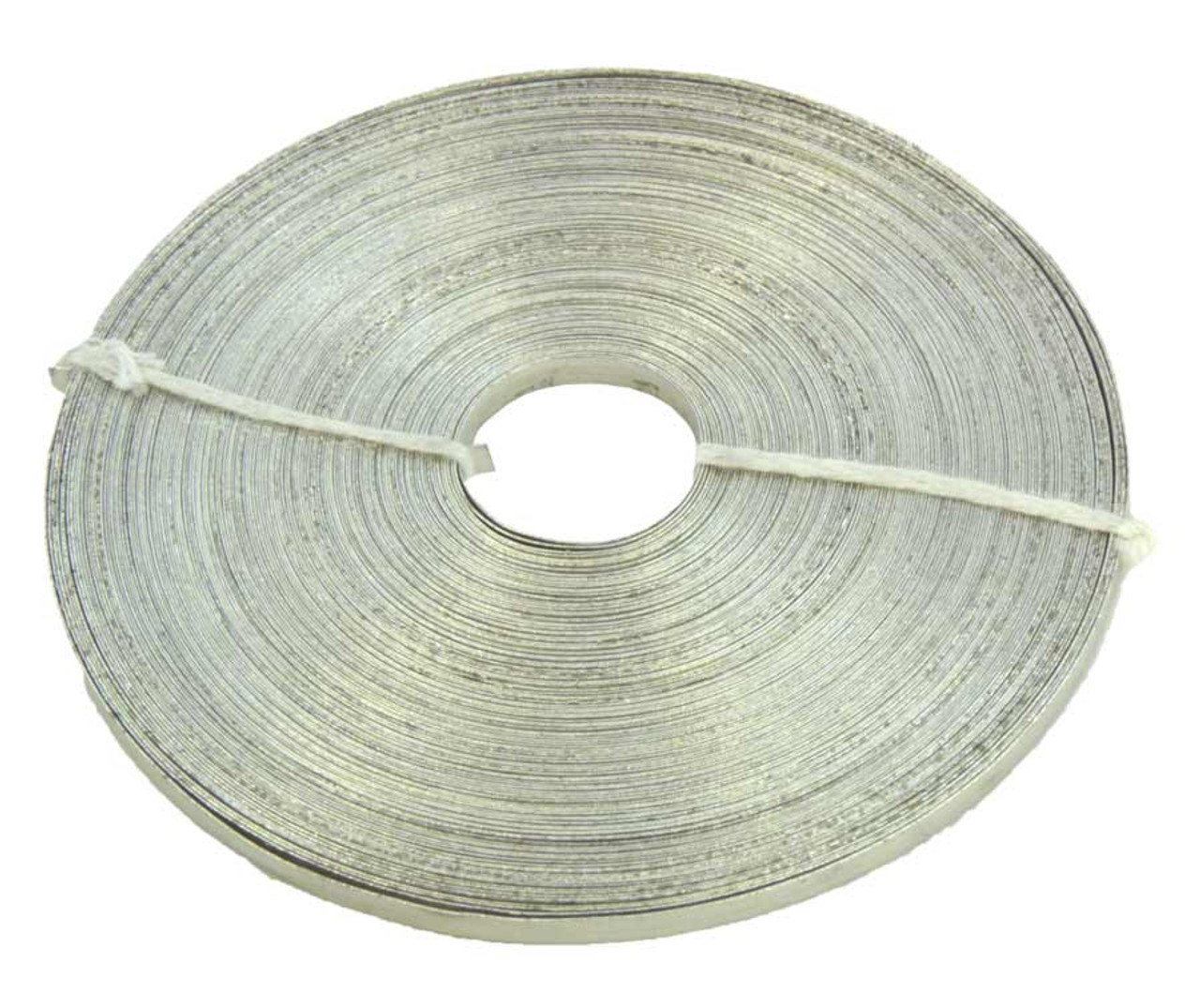


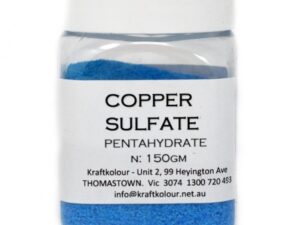

Reviews
There are no reviews yet.